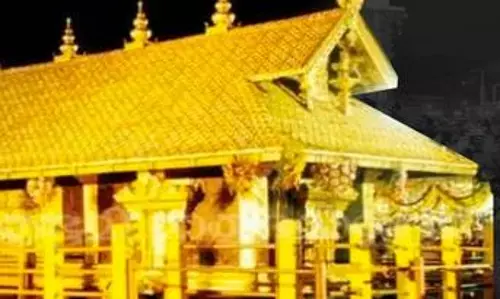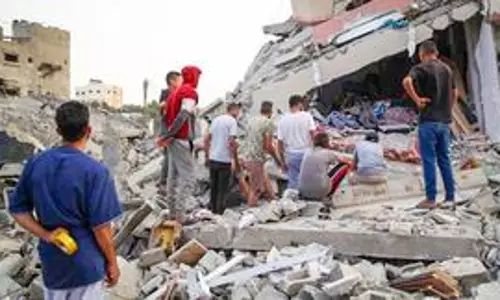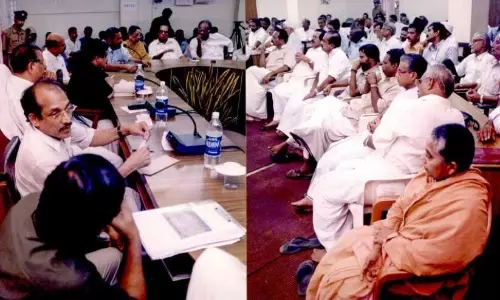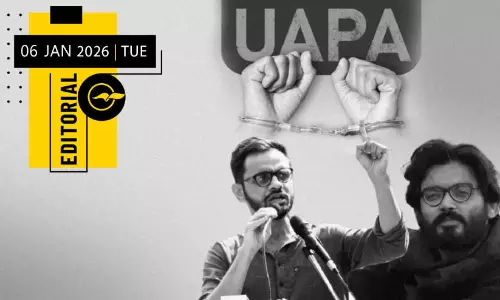
Bahrain: Archaeologists discover 4th century Christian structure
text_fieldsBahraini and British archaeologists have discovered one of the oldest Christian structures in the Arabian Gulf in Samahij, Muharraq, Bahrain. This discovery marks the first material evidence of an ancient Christian community in the region.
Radiocarbon dating confirms the building was occupied from the mid-4th to mid-8th centuries CE, likely abandoned as Islam spread. The Church of the East, or Nestorian Church, flourished in the Gulf until the 7th century CE.
The excavation, a collaboration between the Bahrain Authority for Culture and Antiquities and a British team led by Professor Timothy Insoll from Exeter University and Dr. Salman Al Mahari, began in 2019 and revealed significant findings by 2023.
Archaeologists discovered a large building with eight rooms, including a kitchen, dining room, workshop and living quarters, under a mound within the Samahij cemetery. The site may have been the residence of the bishop of the diocese, known historically as "Mishmahig" or "Mashmahig."
Records show a connection between the region and central church authorities, with one bishop dismissed in 410 CE and another condemned in the mid-7th century. The location of this discovery, in a modern, densely populated town, contrasts with previous finds in remote Gulf areas.
Notable artefacts include three plaster crosses, wall carvings featuring a fish symbol, and part of the "Chi Rho" symbol. Dr. Salman Al Mahari emphasized the site's importance for Bahraini history, stating it provides valuable insights into the Christian presence in the region.
Professor Tim Insoll said, "We stress the importance of this site and the need to preserve it, highlighting its historical and archaeological value”. He also noted the discovery of a drawing on a pearl shell, likely made for a child. "This is the first physical evidence of the Nestorian Church in Bahrain, providing a fascinating insight into how people lived, worked and worshiped."





















